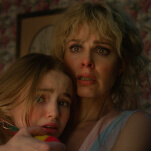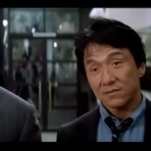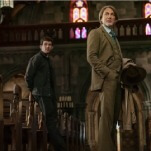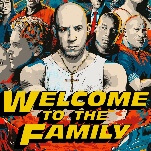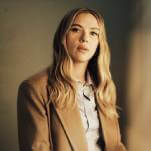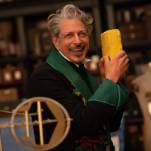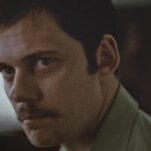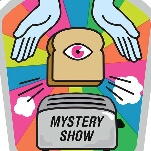Transatlantic review: Dark times, with a dash of artsy levity
Gillian Jacobs leads Netflix’s miniseries about the effort to smuggle artists and intellectuals out of Nazi-controlled France
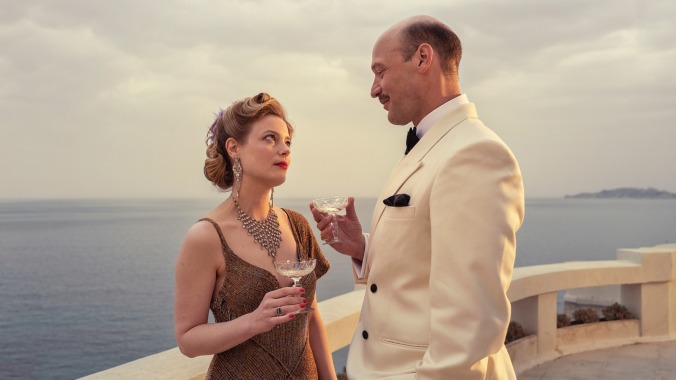
Doesn’t it seem like it would be hard to make a series about World War II now, after decades and decades of Hollywood treading that territory? Well, creators Anna Winger and Daniel Hendler have done just that with their Netflix drama Transatlantic, which premieres April 7. What’s more, they’ve managed to do something fresh with it—and even tossed in a little artsy levity and smoochin’, no less.
The focus here is not on any military operation. The British were the only ones fighting the Nazis in 1940, when the show begins, and it wasn’t going great. Paris has fallen under Hitler’s control, and Jewish refugees have fled to Marseilles in the South of France, hoping to find a way to anywhere they won’t be targeted by the Gestapo. That’s where our guys come in, real people (well, real actors playing fictionalized versions of real people) who worked for or with the Emergency Rescue Committee, a U.S. effort that rallied bureaucrats to grant visas to politically targeted artists and intellectuals fleeing German occupation. Varian Fry, an American journalist who led the organization, was the most famous of them, but he was joined by others with their own unique talents to contribute. And that’s the focus of this show.
It’s kind of a history lesson, and that’s okay. Because it’s a pretty amazing, not super well-known thing that Fry and his team were able to do. They saved more than 2,000 refugees by navigating the systems available to them, including foreign embassies, favors, and forgeries. Their primary aim was to transport major artists and thinkers, like Marcel Duchamp and Marc Chagall, targeted by the Nazi regime for their Jewish background or anti-fascist leanings, to the U.S., and they succeeded to a substantial degree, revitalizing the country’s cultural cachet (and, you know, saving people’s lives) in the process. Watching this, we get to learn about Mary Jayne Gold (Gillian Jacobs), an heiress who brings not just her money, but also ingenuity and passion to the cause; Albert Hirschman, a Jewish multilingual economist who can easily inhabit spaces others on the team can’t access (could be his Indiana Jones look); Lisa Fittko, who leads groups of refugees out of France on a path through the Pyrenees into Spain; and, of course, Varian himself. There are also some characters who are fictional with a factual basis, like the confident villa owner Thomas Lovegrove, who provides shelter to unhoused artists awaiting visa clearance, and Paul Kandjo, the hotel clerk from West Africa who takes a revolutionary turn, like some actual immigrants living in France did at that time, to form a burgeoning resistance movement. Because this is based on a novel, and history can be a little dry, some romantic entanglements come into play between some characters as well. So, as we alluded to, cue the smoochin’.
And then there’s that artsy stuff. A whole villa full of artists and intellectuals—Max Ernst, Andre Breton, Hannah Arendt, Victor Serge—are living in fear for their lives, being their weirdo selves for the sake of grounding and pure amusement. This is also the time of the surrealists, so yeah, you’re gonna get some weird parties where people wear shoes on their heads and gloves attached to evening gowns. The surrealist element also shows up in little cinematic, experimental vignettes staged throughout, complete with the special effects of that period (i.e. a guy getting stabbed in the hand, but it’s shown in shadow—cut to the hand, bleeding). The end credits are filmed in that style as well, and each time, they feel like a reminder that people didn’t only go fight in WWII (once the U.S. military got involved) or wait back home, crying, in the ’40s. They made art! They played around! They, yes, smooched!



